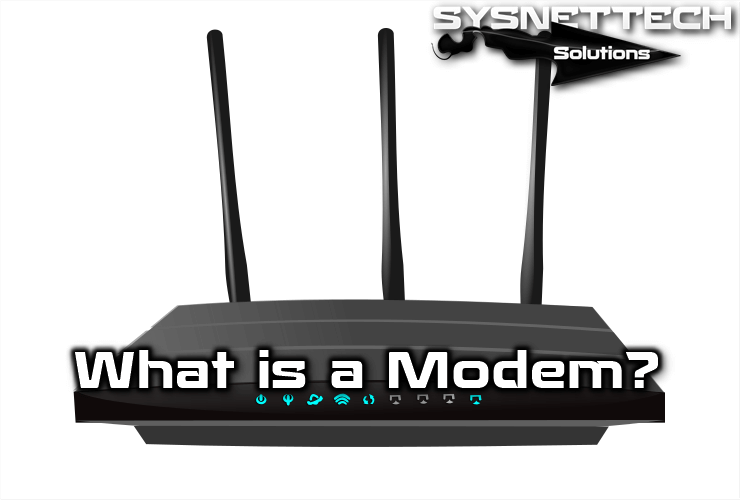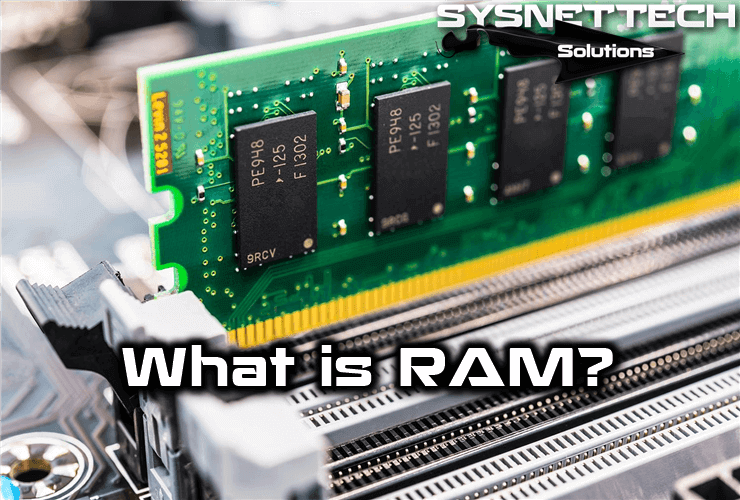The modem is a device that sends a carrier signal through an input signal called a modulating signal, it has been used since the 1960s, mainly because direct transmission of electronic signals over long distances is not effective.

What Is a Modem in Computer Networking?
Many switched modem modems provide ease of response and automatic dialing, which allows them to connect when they receive a call from the PSTN (Public Switched Telephone Network) and continue to call any number previously recorded by the user.
Thanks to these functions, all communication processes can be done automatically.
How Does It Work?
The main function is to accept data from a transmitting computer or station and convert analog or digital signals that can be transmitted over voice transmission telephone lines.
The modulator projected in this way emits a signal called the carrier. Generally, it is a simple electrical sinusoidal signal with a much higher frequency than the modulation signal.
The modulation signal creates the information prepared for transmission. It prepares the information to be transmitted but does not transmit. The modulator changes some of the characteristics of the carrier so that a signal containing the information of the modulator is obtained.
Thus, the demodulator can recover the original modulation signal by removing the carrier. The characteristics of the replaceable carrier signal are:
- Amplitude leads to amplitude modulation (AM/ASK).
- Frequency leads to frequency modulation (FM/FSK).
- Phase leading to phase modulation (PM/PSK).
More complex modulation is also possible, such as a combination of modulation or squareness amplitude modulation. The more functions the device has, the more intelligent it is.
PC Modems
Although the main distinction usually made is between internal and external modems, modems called software modems have emerged, known as winmodems or linuxmodems. There are also modems used to connect with XDSL, ISDN, and 75-ohm coaxial cable (cable modems).
Internal
They consist of an expansion board with different components that make up the modem. They are available for various types of connectors:
- ISA Bus: Due to the low speeds used in these devices, this connector has been used for years only.
- PCI Bus: It is the most common form still used today.
- AMR: In some plates; it is economical but not recommended due to its low performance. It is a technology not used today.
The main advantage of these devices is their further integration with the computer, as it does not take up space on the table and receives electrical power directly from the computer itself.
In addition, they are usually slightly cheaper because they lack a case and transformer, especially if they are PCI.
On the contrary, its installation is somewhat more complicated, and information about their status can only be obtained by the software.
External
It is similar to the previous ones, but outside of the computer or PDA. The advantage of these modems lies in their easy portability between different computers, in addition, it is possible to know the status of the modem through the status LEDs they contain.
Features
The most current ones consist of a microprocessor and a memory.
Memory
It is used to record phone numbers that the modem can automatically dial when prompted by the user.
Automatic Number Call
This function allows the user to dial a phone number using the keyboard of the workstation or PC instead of using the phone’s numeric keypad.
Automatic Answer
It allows the station to answer a call without any intervention from the user.
Automatic Call
It allows the user to leave a message to be sent to a specific place at a certain time and date.
Call Back
When the modem answers a call, it verifies the identity of the sender in a pre-installed authorization list. If the sender is authorized, it ends the call and then automatically calls the user to the phone number specified in the list.
Automatic Number Repeat
It recalls the last number called without requiring the user to redial the number.
Automatic Number Opening
Automatic Automatically identifies the password to other signals required to identify a remote computer.
Self Test
These are diagnostic programs used to find problems in the modem.
Connection Types
External Modem
It is usually done with one of the serial or COM (RS232) ports, so the computer’s UART is used to provide sufficient communication speed.
UART must be 16550 or higher for a modem performance of 28,800 bps or higher. These devices need a transformer plug.
PC Card Modems
It is in the form of a card used in laptops before the arrival of PCMCIA. Its size resembles a slightly thicker credit card, but its capabilities are the same as standard models.
There are models that are even easier for the USB port, connection, and configuration and do not need a socket. There are models for both landline and mobile phone connections.
Software Modems, HSP or Winmodems
Usually, internally, it is necessary to provide the function of the computer’s microprocessor through a program, in which several electronic components are removed.
Typically, although not all PCI devices are of this type, they use a PCI slot or AMR as the connection. CPU usage prevents other applications from running.
In addition, the need to have the program can make it impossible to use with operating systems not supported by the manufacturer, so that, for example, if the manufacturer is lost, the modem will become unusable due to a future system update. Despite their low cost, very little is recommended or not recommended.
Complete Modems
In these, performance is almost entirely dependent on the microprocessor, not on the speed of the modem and the computer’s UART.
Related Articles
♦ What is Chipset?
♦ What is Flash Memory?
♦ What is a Router?
♦ MS-DOS System
♦ HDMI Slot



